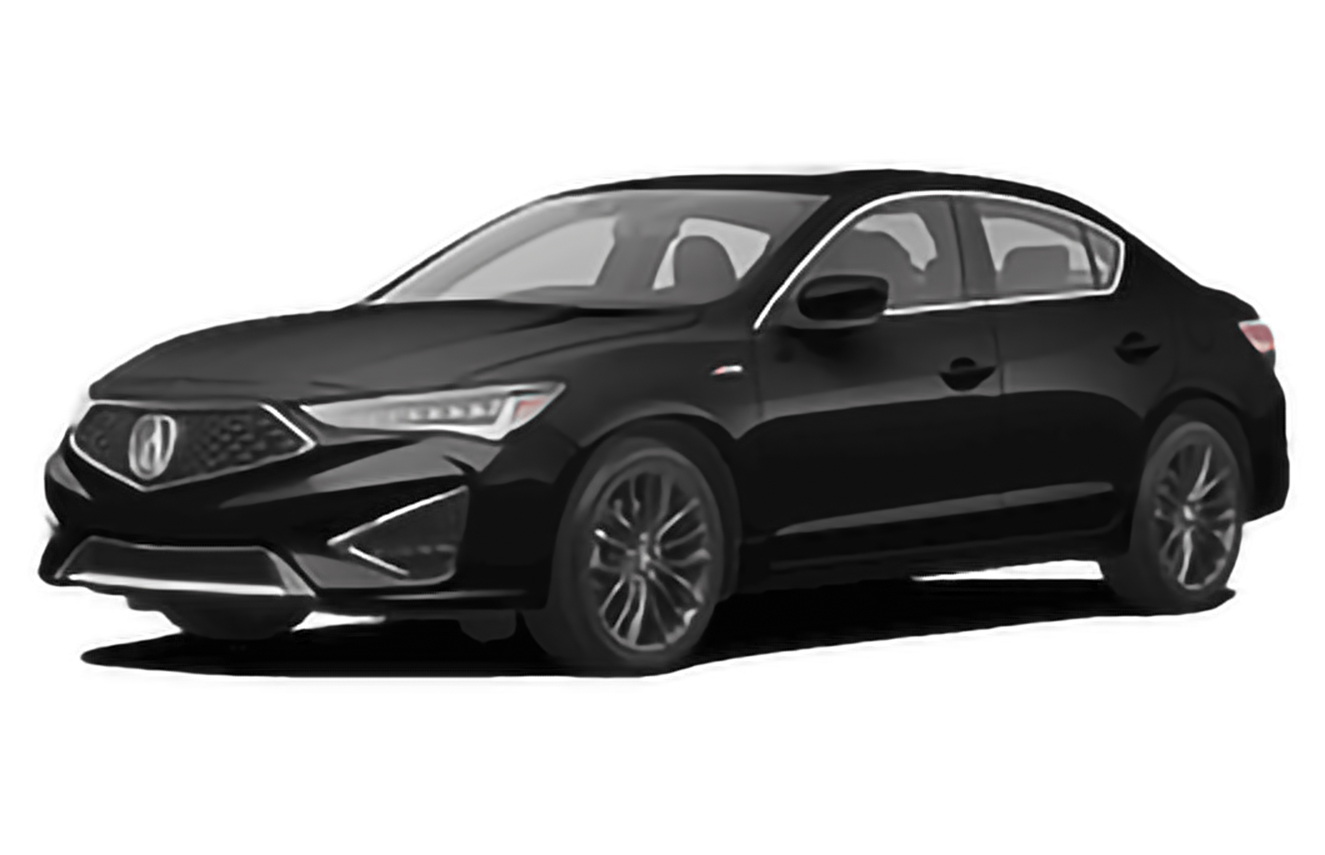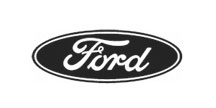Leasing Secrets for Saving Money and Buying Convenience
The advantages of leasing a car are numerous, outweighing the downsides. You do have to choose a maximum mileage for each year you drive but you'll pay less each month than you would if you purchase with a loan. You do have to keep your car clean and free of stains a scratches but you have the advantage of driving a car that is under warranty (except in the case of unusually high-mileage leases). Everything is flexible when you lease, including your monthly rate. If you dig deeper, past the obvious benefits, you'll notice some leasing secrets that make additional benefits easy to attain.
Transfer the Lease if You Want Out
If you need a different vehicle before your term expires, you're not necessarily out of luck. Many dealerships allow transfers. Just find someone to "assume" the lease, meaning agree to take over the payments. Be sure to ask if you will still be liable, though. Some dealerships allow lease assumptions but keep you on the hook if the payments are not made. Websites like leasetrader.com and swapalease.com make it easy to find someone who wants to assume the lease. Just list your vehicle and wait for interested drivers.
The One-Pay Lease
Instead of paying monthly, pay for the entire lease term at the beginning. If you do this, your dealer should waive a good portion of the interest. In other words, if your payments for a 3-year lease would total $5,400 ($150 x 36 months), you should be able to pay less than that if you cover the entire lease term at once. The dealership might bring the total down to $4,800 or so. You'll also have the advantage of not needing to worry about paying every month. This makes leasing a car more convenient than usual.
Go Month to Month
At the end of your lease, you have the option to buy the vehicle, return it and go to another dealership, or trade it for a new lease. There's usually no rush to make this decision. Most dealerships will let you lease on a month-to-month basis for a little while, until you make up your mind. Just be aware that if you decide to purchase the vehicle, you'll be paying its remaining residual value. That means the estimated market value of the car at end-term, which was established at the beginning of the lease. The market may have changed since then. Look around for prices on similar vehicles to get an idea if the original residual was accurate. Otherwise, you could be paying more than the vehicle is worth. It might be better to simply return the vehicle in that case. This unknown leasing secret is a real stress reducer.
Take Advantage of the Market
We don't recommend trying this just to make a buck. If you already want a lease, though, it may be worth a shot. What you want to do is try to choose a vehicle that will have more value at the end of the lease term than is expected. Keep it clean and in excellent condition so you won't have trouble selling it. If the plan works out just right, you'll pay the residual for the vehicle at the end of the term and then resell it soon afterwards for a higher price, recouping some of your costs. The residual is determined at the beginning of the lease. It's the estimated value of the car at the end of the lease and it may be negotiable. The purchase price (market price established at the beginning of the lease) is always negotiable, though. The more you bring it down, the lower your payments will be.
Get free quotes from each local dealer and receive exclusive discounts. Start here.



